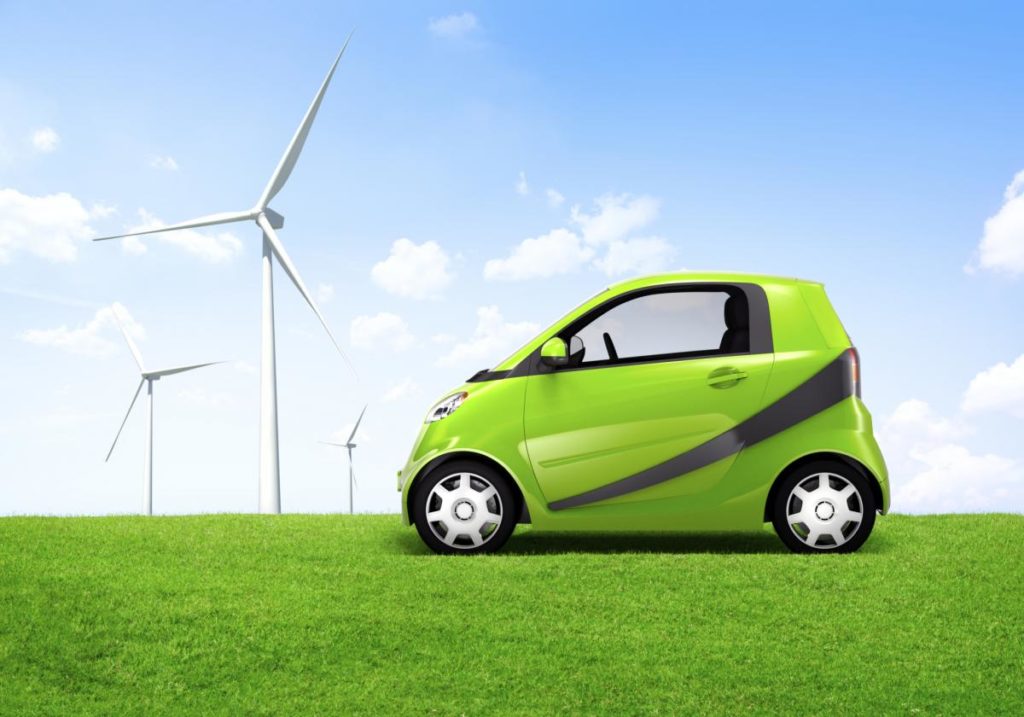Hybrid, electric, plug-in, and fuel economy are all phrases that have appeared within the auto market in recent years to shed light on people’s growing dependency on gasoline.
Car Owners Everywhere are Dependent on Gasoline and Rising Gas Prices
It’s not just a problem in the United States where rising gas prices continue, it is a worldwide problem that is now getting the attention from almost everyone. Even a country like Australia is also facing such problem, but car service in Western Brisbane is not a tough task and one easily finds mechanic.
We are living in a new, eco-friendly era that has started backpedaling against our recent destruction of natural resources and global warming. It is important to learn that electric vehicles are not new to our century. Contrary to what most people think, electric vehicles and vehicles powered without gasoline date back to the 1800s. As a matter of fact, more electric and steam powered vehicles were being made than gasoline-dependent ones.
Gasoline Fueled Vehicles are More Powerful
Mr. Henry Ford, with his company Ford Motor Company, learned that gasoline-fueled vehicles were more powerful, which wiped out any chance for electric cars to succeed at the time of the assembly-line hype. The impact that gasoline powered cards had on the environment was not known at this time.
It wasn’t until the last 30 or so years when gasoline and oil prices have hiked dramatically that we have gone back to rethinking our interest in electric vehicles.
Honda Made the First Two-Door Hybrid Vehicle Released in the United States
Honda released the first two-door hybrid vehicle in the States, followed by Toyota with a 4-door sedan. Ford’s Escape would come to be the first US hybrid, as well as the first SUV hybrid. It’s rare for any auto company these days not to include a hybrid into their array of cars, and this is very evident at annual auto shows in Detroit, Chicago, Beijing and Los Angeles.
Companies such as GM and Ford are trying to claim the top market of this still shaky niche of hybrid drivers. The market has seen prices drop and function rise, sleeker designs, more accessories, and faster speeds. These gas friendly cars are now available for any budget, so the reality of having a hybrid vehicle in every family driveway could one day be a reality.
Fuel Economy of Hybrid Cars is Better than Traditional Vehicles
The fuel economy statistics of hybrid vehicles creates the most attention with the general public, and serves as a great marketing device. Although many may expect thousands of dollars saved each year in gas consumption by driving hybrid, if one were to compare a Nissan Altima to a Nissan Altima Hybrid, they will find only a few hundred dollars are saved after one year of driving. However, compare the Nissan Hybrid to the Toyota Prius and ever more money can be saved, as well as a huge decrease in greenhouse gases.
Tax Incentives and Rebates are Available to Buyers of Fuel Efficient Cars
There are significant tax incentives and rebates available to purchasers of fuel efficient cars. While a hybrid sedan may be a few hundred or thousands dollars more than a regular gas-guzzler, after the tax rebates and incentives it may not be such a dent in the pocketbook. California’s goal to make 100% of their car sales zeo-emission by 2050 will only be able to become a reality if they are affordable to the general public.
When considering the purchase of a hybrid or electric-powered vehicle, it is important to do research to avoid any misconceptions down the line that may lead to disappointment. Auto companies have come a long way since the first hybrids of Honda and Toyota and many consumers cannot tell the difference between a hybrid and regular gas-dependent vehicle by simply looks alone. Living a greener and more eco-conscious lifestyle should not mean giving up your style preference or bank account.

